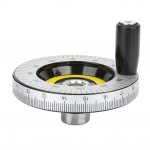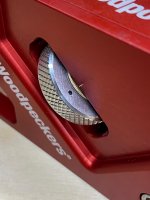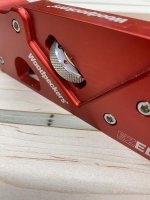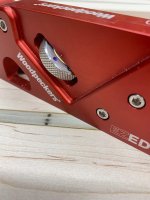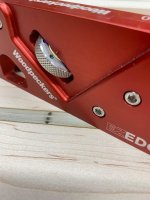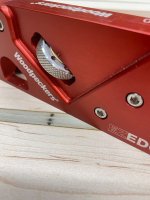Michael Kellough
Member
Hi Jeff, the one I tested went back via FedEx yesterday, along with the replacement that was sent. They seemed identical in the amount of lash I could see by informally squeezing the two blocks towards one another.
If I had been able to remove the clamping screw I would have replaced the spring washer with a stiffer one, or used two. The spring should be stiff enough that it can push the fence forward without compressing, in my opinion.
Then I would have tightened the clamping screw enough that the spring washer is slightly compressed so that with under no load there is no lash whatsoever.
I kind regret not doing so. I think if I used a stronger clamp and used a couple blocks of soft wood to protect the fine screw I could have broken the clamping screw loose. But it might also have simply broken, so I didn’t pursue it.
On the other hand, if as I think, something is wrong with the assembly of the latest batch then they can be fixed before going out to customers.
If I had been able to remove the clamping screw I would have replaced the spring washer with a stiffer one, or used two. The spring should be stiff enough that it can push the fence forward without compressing, in my opinion.
Then I would have tightened the clamping screw enough that the spring washer is slightly compressed so that with under no load there is no lash whatsoever.
I kind regret not doing so. I think if I used a stronger clamp and used a couple blocks of soft wood to protect the fine screw I could have broken the clamping screw loose. But it might also have simply broken, so I didn’t pursue it.
On the other hand, if as I think, something is wrong with the assembly of the latest batch then they can be fixed before going out to customers.

